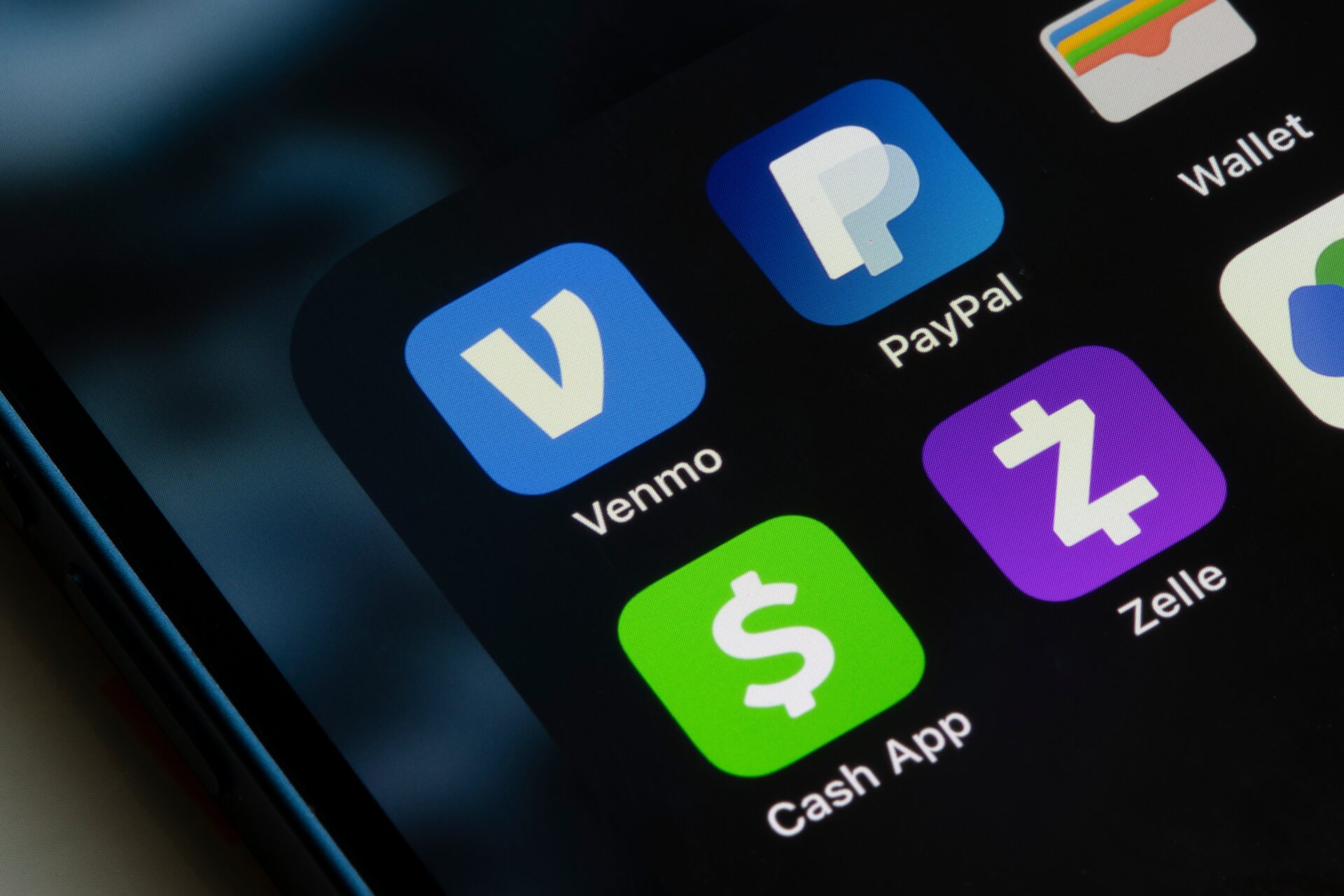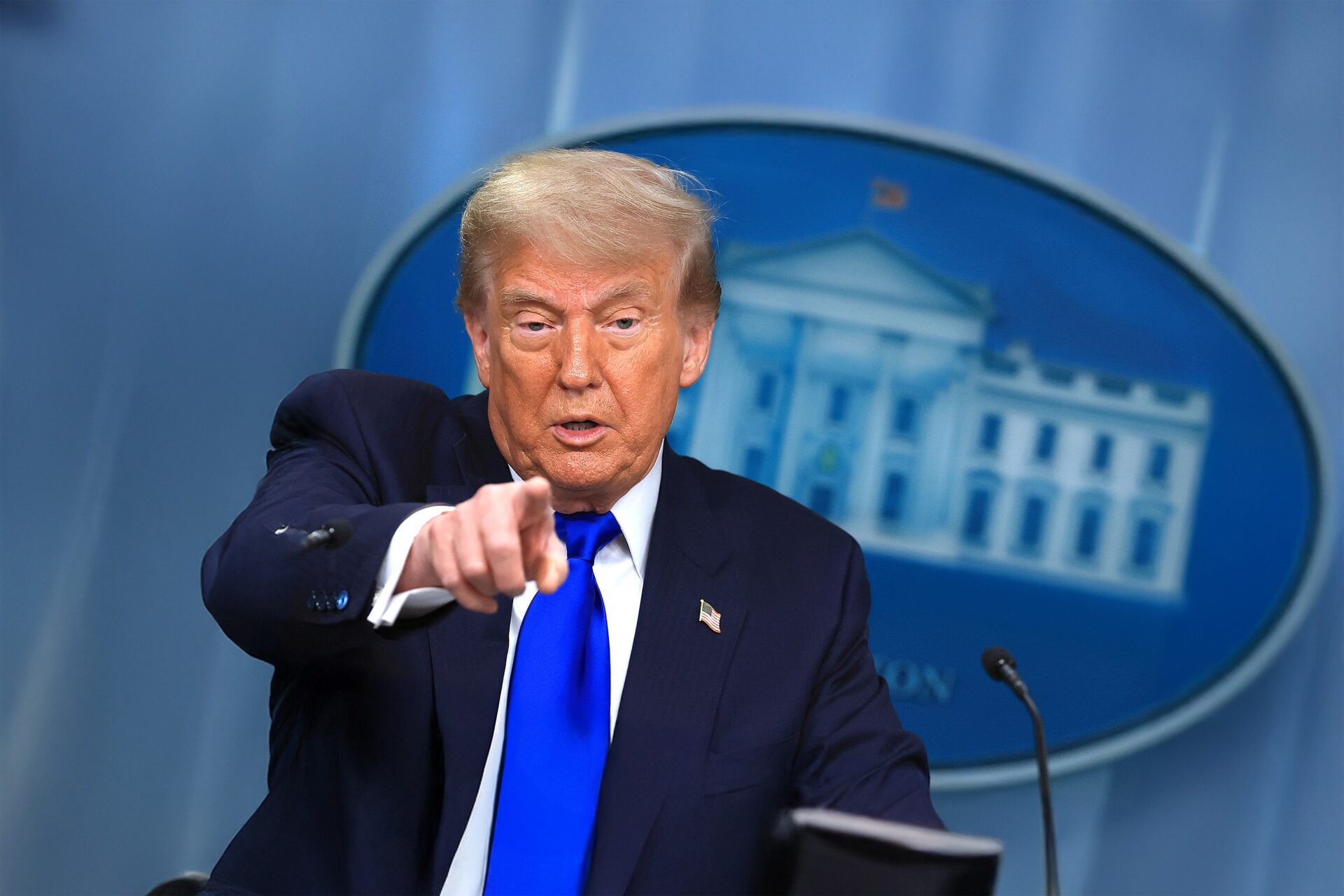
Treasury Wants YOU To VENMO National Debt!
The U.S. Treasury Department has quietly expanded its decades-old debt donation initiative to include Venmo and PayPal, inviting everyday Americans to chip in—via app—for a $36.7 trillion national debt that grows by nearly $55,000 every second. The gesture may be high-tech, but it’s shockingly ineffective.
At a Glance
- The “Gifts to Reduce the Public Debt” program now accepts Venmo, PayPal, bank, and card payments—a feature added earlier this year
- Since 1996, total donations amount to just $67.3 million—enough to cover 20 minutes of federal spending
- Americans would need to donate about $107,000 each to eliminate the current debt
- Trump’s “Big Beautiful Bill” is projected to add $3.4 trillion over the next decade
- Experts call the initiative a symbolic distraction amid demands for real spending reform
Treasury’s Cashless Charity: Slacktivism Meets Fiscal Crisis
In late July 2025, Treasury quietly unveiled Venmo and PayPal payment options via Pay.gov for its “Gifts to Reduce the Public Debt” page. Despite the fanfare about modernization and convenience, critics note the tangible impact remains negligible. Even at peak contribution rates—around $120,000 per month—these donations barely scratch the surface of interest payments or new deficit spending.
Watch a report: How You Can Help Pay Off the US National Debt with Venmo! · YouTube
Analysts estimate every American would need to contribute roughly $100,000 each to clear today’s debt. In this context, app-based donations amount to civic theater rather than economic relief. Still, Treasury presents the option as a way for patriotic citizens to help take ownership of the crisis—even if it won’t move the needle.
A Distracted Response to a Structural Problem
Meanwhile, Washington’s financial bleeding continues. The freshly enacted “Big Beautiful Bill” is forecast by the CBO to increase the debt by $3.4 trillion over the next ten years. Experts, from Ray Dalio to fiscal watchdogs, warn that without structural reform, America risks spiraling into a debt trap that crowd‑outs essential services and fuels economic instability.
Critics are harsh. Bridgewater founder Ray Dalio likened the federal debt to “plaque in arteries,” calling for bipartisan cuts and revenue reforms. Samson Mow called the Venmo pitch “like sending Bitcoin to a burn address”—an irreversible gesture with no long‑term value.
Treasury officials concede the modest impact of donations, stressing the appeal is symbolic—not practical. The initiative is widely viewed as a cosmetic upgrade that shores up messaging while substantive fiscal options remain untouched.
The Bigger Question: Who Picks Up the Bill?
Americans already pay federally via taxes. Asking them to contribute more—as a debt relief tactic—has provoked outrage on social media, where users questioned why they’re being asked to fund Washington’s fiscal recklessness. Many called the move absurd, while some laughed it off as government irony.
Meanwhile, lawmakers continue to pass major spending bills—with little appetite for cuts—and push borrowing obligations onto future generations. For those demanding accountability and reform, the digital donation campaign serves as an emblem of how detached political elites remain from the everyday economic consequences facing citizens.


